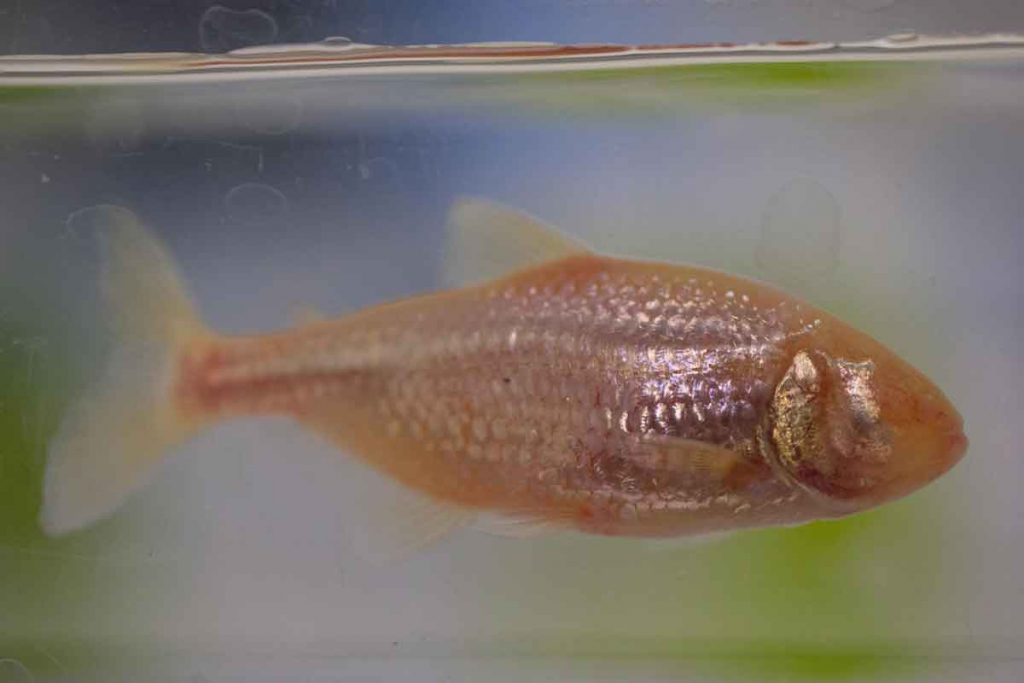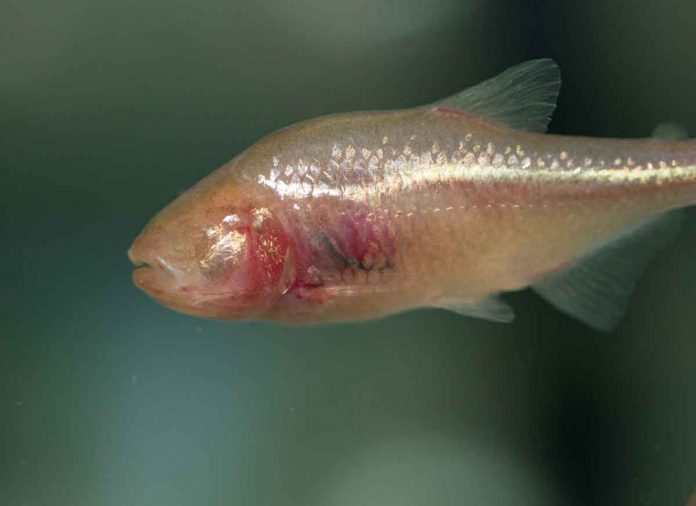Cavefish have obvious adaptations like missing eyes and pale colors. It demonstrates how they evolved over millennia in a subterranean world. University of Cincinnati researchers say these incredible fish have an equally remarkable physiology. It helps them cope with a low-oxygen environment that would kill other species.
UC’s College of Arts and Sciences biologists found that Mexican cavefish produce more hemoglobin through red blood cells. These are much larger compared to those of surface-dwelling fish. Hemoglobin helps the body transport oxygen and carbon dioxide between a fish’s cells and organs and its gills.
The study was published in Nature journal Scientific Reports. The study demonstrates how much more there is to learn about animals that have intrigued biologists for 200 years.
Cavefish evolved in caverns around the world. UC biologists examined Astyanax mexicanus species. They diverged as recently as 20,000 years ago from surface. These fish are still found in nearby streams in Sierra de El Abra, Mexico. Cavefish are pale pink and translucent when compared to their silvery counterparts on the surface. The surface tetras have enormous round eyes which give them a perpetually surprised expression, while cavefish have the faintest outline of vestigial eye sockets.

The two fish are considered by many to be members of the same species, despite their many obvious physical differences.
It makes them a good model system for biologists to study evolutionary and genetic adaptations.
Scientists have learned a lot about these puzzling fish over the years. They found that the fish’s skull is asymmetrical. It could be an adaptation for navigating in a world with no visual cues. They identified the gene responsible for the fish’s ghostly pallid color.
It’s the same gene responsible for red hair color in people. Scientists examined hemoglobin in cavefish blood to see if it might explain how they survive the low-oxygen environment of deep underground caves. They also examined cavefish from three populations in Mexican caves called Chica, Tinaja and Pachón.

Cavefish live in deep caverns where standing water lies undisturbed for long periods, while fast-moving surface streams are saturated with oxygen. Research have found that some of these standing pools have far less dissolved oxygen than surface waters.
Blood samples revealed that cavefish have more hemoglobin than surface fish. Scientists assumed that cavefish must have a higher hematocrit. It is a clinical measure of the relative contribution of red blood cells in whole blood.
Scientists examined the red blood cells of both fish and found that those of cavefish are much larger by comparison.

The elevated hemoglobin might allow cavefish to forage longer in the low-oxygen environment. Cavefish often have to work harder to find limited food available in the caves.
Scientists are very interested in how fish draw oxygen from the water. Marine marine systems are seeing more ecological disasters such as red tides, algae blooms that create low-oxygen environments, because of climate change and human development. This is leading to massive fish kills.

